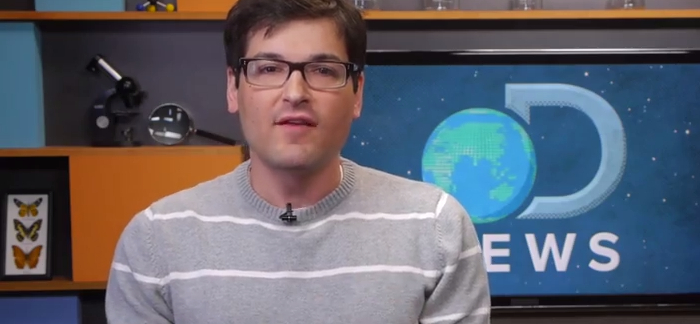The idea of cloning can be exciting and frightening at the same time. It has been a science which has long been part of science fiction’s many worlds and futures, but it is becoming a reality in today’s world. Here are some interesting facts about cloning as we know it today.
1. It’s In Your Kitchen
If you enjoy having an orange during the day, then there’s a good chance that you’re eating a cloned fruit. Well… sort of. You see, all navel orange trees are actually clones of one another. Navel oranges don’t have any seeds in them, which means they cannot reproduce on their own. That means the trees have simply been grafted from each other to create new trees. This process has been happening for 200+ years with no end in sight.
2. That’s a Mini Me
It’s often said that human cloning is something that won’t happen for a number of years, but that isn’t true according to one organization. Called CLONAID, they claim to have created the world’s first cloned baby, named Eve, who was born in December 2002. In 2003, a boy was reportedly cloned from a 2 year old who was comatose. Founded in 1997, how real the science is can be left to each person as no actual evidence has been provided by this company to prove their claims. The fact that claims of human cloning are nearly a generation old, however, is something that must be noted.
3. Older Than You
Cloning isn’t actually a new science. Although the ethics of cloning have been debated since the announcement of Dolly the Sheep, Dolly wasn’t the first animal cloned as many have claimed. That honor goes to a sea urchin which was cloned in 1880. The scientist behind the work was named Hans Driesch and he used an embryo cell to create a clone of the animal. Dolly, however, does have the distinction of being the first ever mammal to be cloned.
4. It’s an Inaccurate Science
The reason why cloning hasn’t become a mainstream process as of yet is because many cloning attempts fail for whatever reason. Only 5% of cloning efforts result in a successful birth and even fewer clones go one to live long, fulfilling lives. That hasn’t stopped some entrepreneurs from using cloning as a way to make some money. In South Korea, for example, there is a cloning lab that will clone pets for $100k per animal.
5. A Way to Create Stem Cells?
In 2013, university researchers in Oregon reported that they were able to create embryonic stem cells through a cloning process. What they did was take skin cells, produce human embryos from those cells, and then turn the embryos into stem cell lines that could be studied for future medical research. Just 1 year later, researchers were able to create stem cells that were genetically matched to their skin cell donors.
6. Dead Celebrities
In Canada, there’s a dentist who happens to own one of the teeth from the late John Lennon. He hopes that cloning technologies will advance enough to the point where a human embryo could be created from the cells of the tooth so that a clone of Lennon could be created. Laws would have to change, however, as reproductive cloning is banned under the Charter of Fundamental Rights.
7. Call Me “Toppy”
South Korea had a drug-sniffing dog named Chase that was really good at what he did. He could detect drugs in airport luggage like no other dog that country had ever seen. As he approached retirement age in 2007, the decision was made to clone Chase so that his talents could continue to be used. Six cloned dogs were created, all of them were given the name Toppy, and all of them began working for the customs service in 2009.
8. An Amazing Invention
A dog named Snuppy actually has the honor of being the world’s first dog to be cloned. Born in 2005, what is notable about this canine is that Time listed him as the most amazing invention in the world for that year. An animal that is an invention? Would that also mean if a human clone does exist, they would also be treated as an invention as well?
Cloning still has some ethical considerations which must be sorted out. Technology is advancing quickly and there are many breakthroughs that seem close. It may be time to consider these interesting facts to determine the viability of creating a documented human clone very soon.




